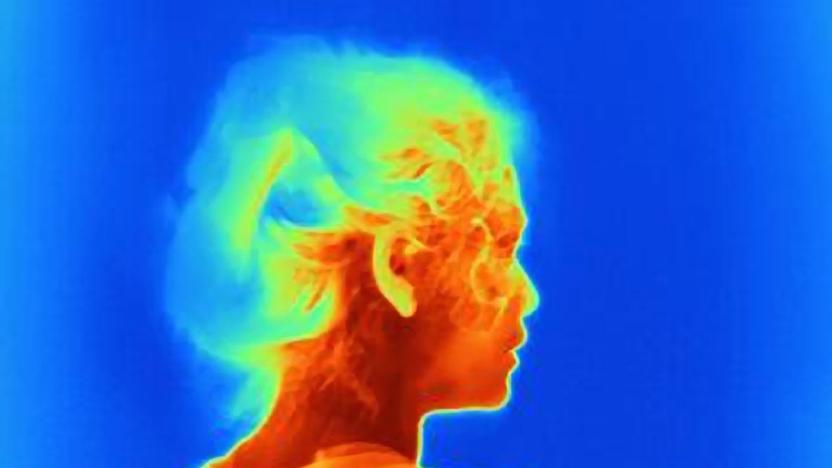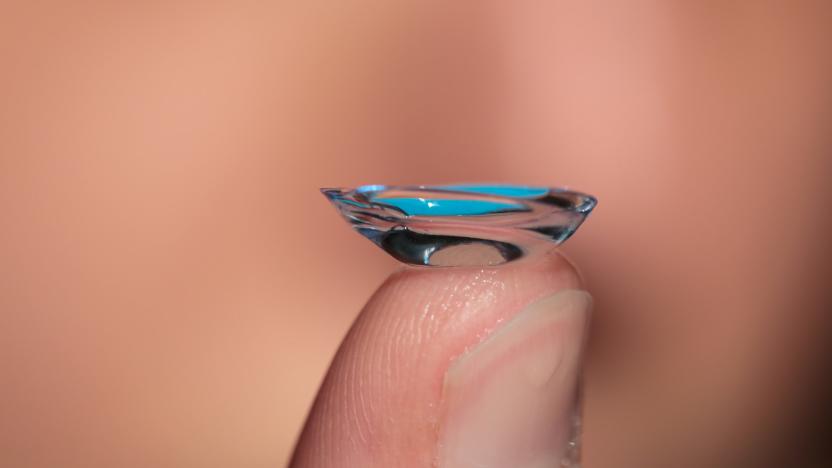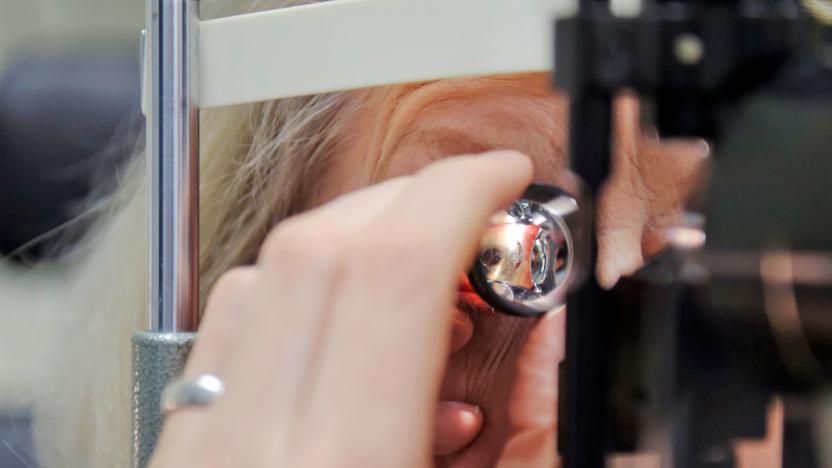TL19EYEC
Latest

Tomorrow's bionic eyes will have 'Predator' vision
Whether through illness or injury, 36 million people suffer from blindness worldwide, and until just a decade ago those afflicted had little chance of regaining their sight. In 2009, doctors at the University of Manchester implanted the first Argus II bionic eye in a patient. Now, 10 years later, the makers of the Argus II are trialing a more capable artificial-vision system -- one that's implanted directly into the patient's brain.

Scientists create contact lenses that zoom on command
Nosebleed seats may soon be a thing of the past. Scientists at the University of California San Diego have created a prototype contact lens that is controlled by the eye's movements. Wearers can make the lenses zoom in or out by simply blinking twice. A paper detailing the team's findings was published this month in Advanced Functional Materials.

Magnetic eye implants could save the eyesight of glaucoma patients
Glaucoma patients can use implants to treat the condition by draining the eye, but the existing technology rarely lasts more than a few years thanks to the accumulation of microorganisms that wreck the functionality. A Purdue-led team might have a clever technological solution, though: magnetism. The group has developed a smart implant that cleans itself with microactuators that vibrate whenever you induce a magnetic field. It would not only be far more reliable, but could be customizable as well.

Flat microscope for the brain could help restore lost eyesight
You'd probably prefer that doctors restore lost sight or hearing by directly repairing your eyes and ears, but Rice University is one step closer to the next best thing: transmitting info directly to your brain. It's developing a flat microscope (the creatively titled FlatScope) that sits on your brain to both monitor and trigger neurons modified to be fluorescent when active. It should not only capture much more detail than existing brain probes (the team is hoping to see "a million" neurons), but reach levels deep enough that it should shed light on how the mind processes sensory input. And that, in turn, opens the door to controlling sensory input.

Retinal implant could add years to your eyesight
Scientists have been struggling to fight retinal degeneration in an elegant way. The most practical solution so far involves external devices that send wires to the back of your eyes. There might be a much more graceful approach before long, however. Researchers have developed an implant whose light-sensitive material could at least partially restore retinas and preserve your eyesight. Their invention combines a biocompatible substance (in this case, silk) with a conductive polymer and an organic semiconductor to send electricity to nerve cells whenever the implant is subjected to typical environmental light. Previous attempts at photovoltaic devices like this have required either exceptionally bright light or unusual light wavelengths to work, so this would be far more practical in the real world.

Alphabet's autofocusing contact lens won't be tested in 2016
Bad news if you were hoping that Google's (now Alphabet's) smart contact lenses would be available relatively soon: they're running into some hurdles. Novartis, which is partnering with Alphabet's Verily Life Sciences on an autofocusing lens that addresses farsightedness, says it won't make its goal of testing the technology in 2016. It's "too early to say" when trials would start, a spokeswoman explains to Reuters. It's also uncertain when tests for the other lens, which monitors blood sugar levels, would likely begin.


